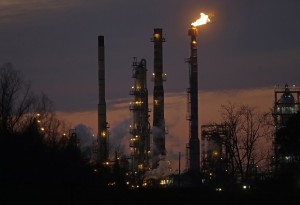The easing of visa policies and beefing up of transport infrastructure should be among the priorities of the incoming administration to boost international tourist arrivals.
The administration of President-elect Rodrigo Duterte should also more aggressively attract tourists from China, which is one of the biggest drivers of the global travel and tourism industry.
Bill Barnett, founder and managing director of hospitality and property consultancy firm C9 Hotelworks, explained that while there was growth in international tourist arrivals here, the growth remains muted because of the global slowdown, some restrictive visa policies, and the country’s failure to take full advantage of the huge tourist market in China.
According to Barnett, countries in the region have begun to take a more liberal stance in terms of their respective visa policies—a development that may put the Philippines at a disadvantage.
Also, the Philippine government must look into programs that can attract more Chinese tourists and make them “feel more welcome.”
Any tourism program for this particular market, he added, should go beyond any political agenda or ambition, given the simmering tension between the Philippines and China over the West Philippine Sea.
Barnett also regarded the congestion at the airports as a “national tragedy”, noting that the lack of adequate infrastructure and transport facilities had been hampering the industry’s growth potential.
He noted that there seemed to be a disconnect between the public and private sectors as the latter has been actively putting up hotels, resorts and other commercial areas but the government has not been able to provide the needed infrastructure.
Also critical, according to Barnett, are zoning policies in some of the most famous tourist spots in the country, particularly Boracay and Mactan, which were in danger of overdevelopment that will eventually turn off both local and foreign tourists.
Last year, earnings generated from tourism activities were pegged at $5 billion (roughly P240 billion ), up by about 3 percent from $4.8 billion the previous year. Amy R. Remo


